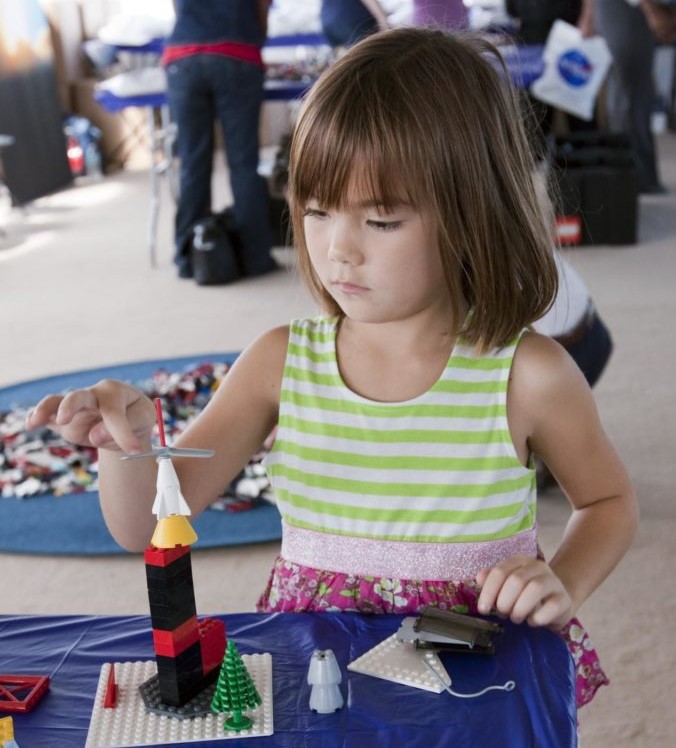Design and technology (DT) education
Contents |
[edit] Introduction
Design and technology (DT or D&T) is a school subject available to UK students. Its purpose is to encourage children in primary and secondary schools to become interested in design and technology skills through the use of creative materials for practical projects. D&T is also available at the university level throughout the UK and is an established area of study for students throughout the world.
As of January 2021, D&T was the only technical qualification remaining part of the mainstream National Curriculum for schools, according to Tony Ryan, Chief Executive of the Design and Technology Association.
[edit] Design and technology qualifications
[edit] GCSE
In 1988, D&T was introduced in England, Wales and Northern Ireland as part of the first National Curriculum for primary and secondary school students. Subjects included electronics, food engineering/home economics, textiles technology, systems and controls, product design and other areas of study.Changes were made to the programme in 2017, including the removal of food engineering courses.
[edit] A levels
At this level, students are introduced to concepts to help prepare them for the practical aspects of business such as problem solving, time management and other organisational factors. Students continue to study product design (from an aesthetic aspect) and systems and controls (with the use of technology such as CAD).
[edit] Other levels
Design is taught as a required subject in the IB Middle Years Programme (MYP) for grades 6–10. The MYP Design Programme is meant to provide students with a practical illustration of the design cycle. Students are required to use a problem solving approach to document their actions as they develop a practical solution. They are then asked to evaluate their solution by testing its success or failure.
The subject of design is also required at the Diploma Programme level (grades 11-12). At this level, students are introduced to technology and related global issues with the goal of providing them with a general level of literacy, ease of use and understanding.
As an international programme, it also covers environmental matters such as sustainable design and looks at human factors and ergonomics, materials modelling, innovation and commercial product fabrication. A diploma in design can sometimes be considered a bridge to a career in engineering, architecture, interior design, product design and other related subjects.
[edit] Scotland
Within Scotland, technological education is part of the secondary school curriculum. This subject is separated into different areas offered at National 4, National 5, Higher and Advanced Higher levels.
Standard subjects in technological education programme include:
- Design and manufacturing.
- Engineering science.
- Graphic communication.
Up to National 5 level includes:
- Practical electronics.
- Practical woodwork.
- Practical metalwork.
There are also specialist subjects offered within the technological education programme, including:
- Architectural technology.
- Automotive engineering.
- Building services.
- Civil engineering.
- Construction.
- Electrical engineering.
- Mechanical engineering.
[edit] Related articles on Designing Buildings Wiki
- Architectural technologist.
- Architectural training.
- Architecture course essentials.
- Gender stereotypes examined in Unlimited Potential report.
- How to become an architect.
- How to become an engineer.
- Inspiration Series for 16 to 18 year olds launched.
- Inspiring Tomorrow's Engineers.
- Parents are pivotal in reaching future engineers.
- Skills to build.
- The architectural profession.






